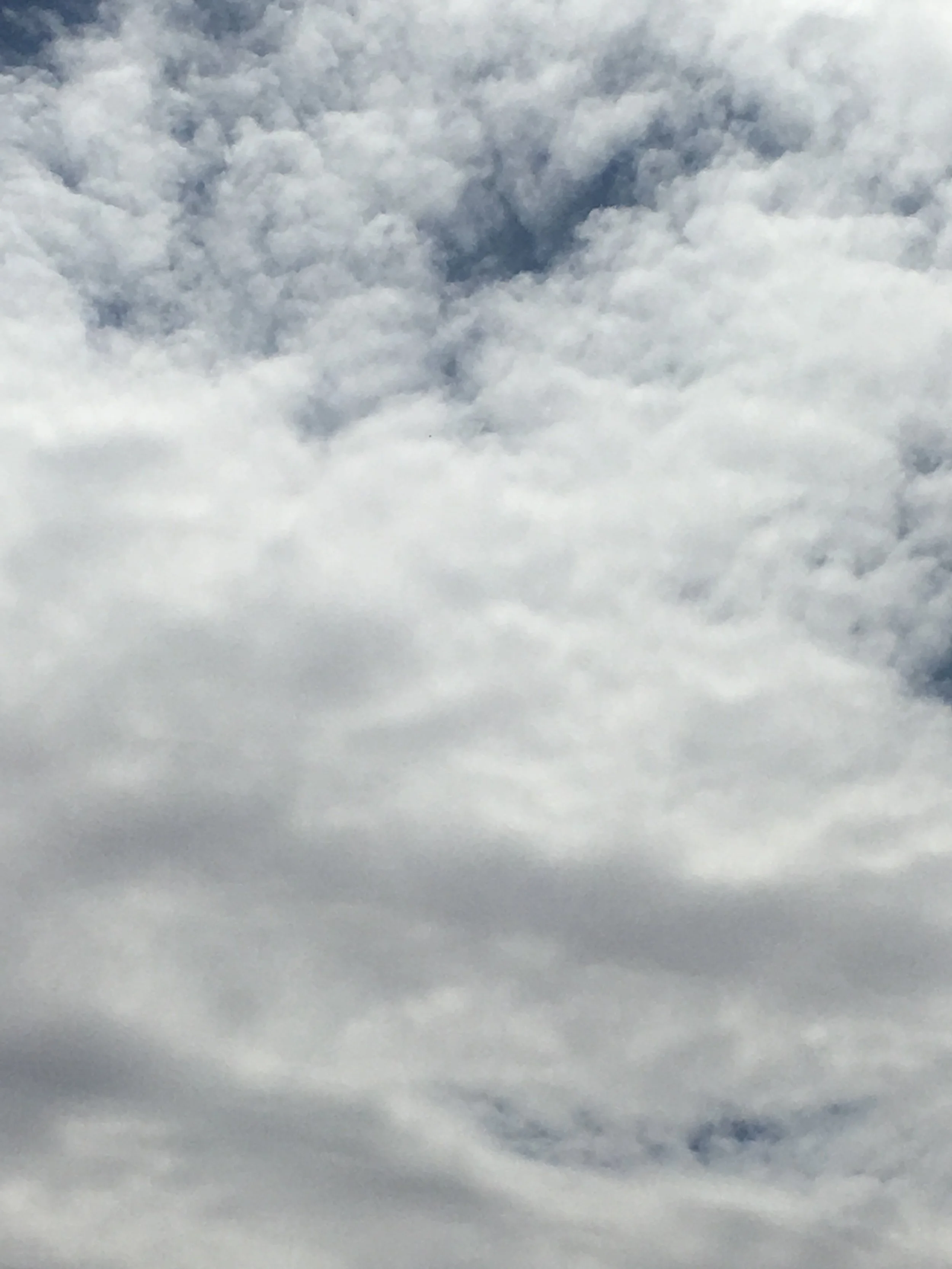How to bake an artwork
Every time I peek into the kiln to see the physical products of another workshop, I do it with an enthusiasm that brings me back to its making. Most times, I was not the one cutting the glass, designing the piece, or even putting any of the materials in place - this is someone else’s work. But I was there to help that person make their own way through that particular exploration, and as I open the kiln I think of their questions and decisions, their mistakes and successes.
Last week, I welcomed a group of kids to the Urban Glass classroom, celebrating a girl’s 8th birthday. We had a tour of the studio, talked briefly about sheet glass and kilns, discussed the fusing process, and they got to work.
This is what happens when you work with fused glass at such workshops: you use pieces of flat sheet glass (and other forms of glass such as small chunks, very thin layers, rods, etc.) to create a design that is then fired in a kiln. The kiln is programed to a specific schedule, according to the desired result, or to the questions we have. What happens if I stack five pieces of glass? What happens if I use only one layer? Or two? What happens if there is some other object sandwiched between layers of glass?
It's a bit like cooking - baking a cake more than making a stew. With a stew, you can adjust it during the process: stir it in the pot, taste it, add ingredients at various times. When you bake, most of the work goes in up front - mixing the ingredients, thinking about how hot you'll bake it and for how long. Once it goes into the oven, you can't touch it - but the materials will still transform into something you’re (hopefully!) happy with.
My job in these sessions is to make sure everyone is set up for successful baking. There is no guaranteed result, but for choices to be intentional, some prior knowledge is required. Everyone must know that yeast is needed if the intention is for the cake to rise, or that a certain layering glass is necessary if you are aiming for your piece to keep its shape. In a brief beginners workshop, it is also my job to make sure the kiln is scheduled appropriately, the pieces are placed on the shelves at a good distance from each other, and that no one is asking the glass to do impossible things while hoping for results we know the glass won’t give them. I am not determining what the pieces should look like, but I am using what I know to help my students create their work with questions and informed choices.
So as I peek into the kiln to see what their pieces turned out like, I think of a group of kids singing happy birthday and I hope they are as happy with their glass as they were with their cupcakes. Even more, I hope they are excited to see and hold in their hands the answers to the many “what if” questions they asked during their making process.

